Goniometer
What is the Goniometer?
A Goniometer is a fundamental tool used in various fields such as engineering, medicine, physics, and meteorology. Derived from the Greek words “gonia” meaning angle and “metron” meaning measure, a goniometer serves the primary purpose of measuring angles between two or more objects.
The measurement of the joint area at each joint surface is known as goniometry. The term “goniometry” comes from the Greek “gonia” (angle) and “metron” (measurement). Goniometry, therefore, refers to the measurement of angles. In rehabilitation facilities, it means the measurement of angles in any plane of the joints of the body.
The therapists most frequently use a goniometer for the measurement of the range of motion. If the patient has an altered range of motion in a particular joint, the therapist uses a goniometer to assess the range of motion during the initial assessment and then uses the goniometer in subsequent sessions to ensure the procedure is working and to assess the effectiveness of the procedure.
Anatomy and Physiology
Range of motion is a measure of movement around a particular joint or body part. To measure a range of motion, doctors, osteopaths, physical therapists, and other medical professionals use a goniometer, an instrument that measures the angular motion of a joint.
Depending on the purpose of the evaluation, he has three types of range of motion.
- Passive
- Active
- Active assistive
Types of Goniometers
Inclinometer
Among all types, universal goniometers are the most common.
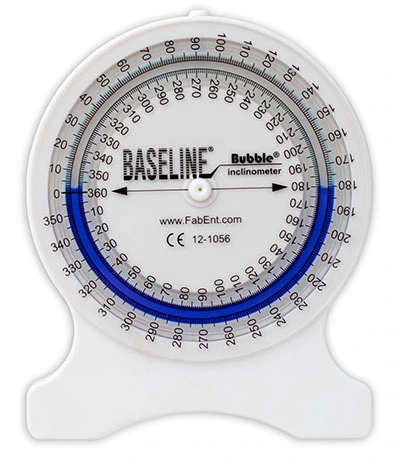
Universal Goniometer
- It comes in two formats: short and long arms. Short arm goniometers are used for small joints such as wrists, elbows, and ankles. Long arm goniometers are more accurate for joints with long levers such as knees and hips.
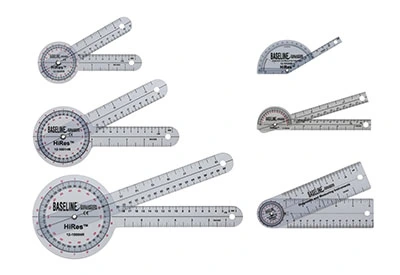
Gravity Goniometer/Inclinometer
- A weighted pointer on one arm maintains its upright position despite the pull of gravity.
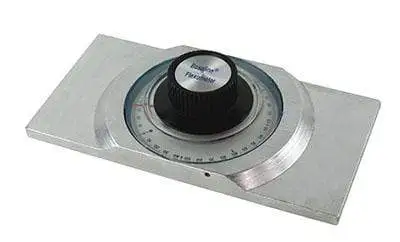
Software/Smartphone-based Goniometer
- There are several benefits to using a smartphone as a digital goniometer, including accessibility, measuring simplicity, measurement tracking via applications, and one-handed use. These applications use the phone’s accelerometer to calculate joint angles.
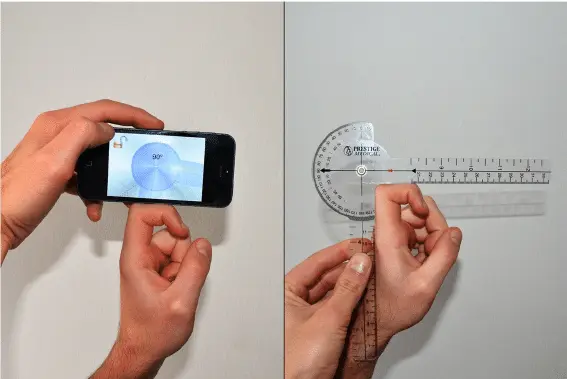
Arthrodial Goniometer
- Ideal for measuring cervical spine rotation, anteroposterior flexion, and lateral flexion.
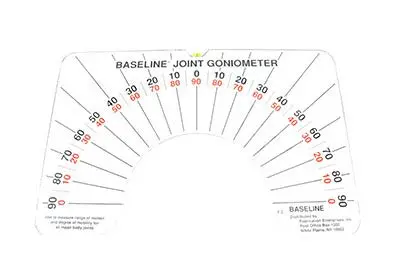
Twin Axis Electro-goniometer
- Although the universal goniometers and electrical goniometers have different inter- and intra-rater reliability and it is higher for electric goniometers, it is difficult to apply to the clinical assessment of patients because they are more often used for research purposes.
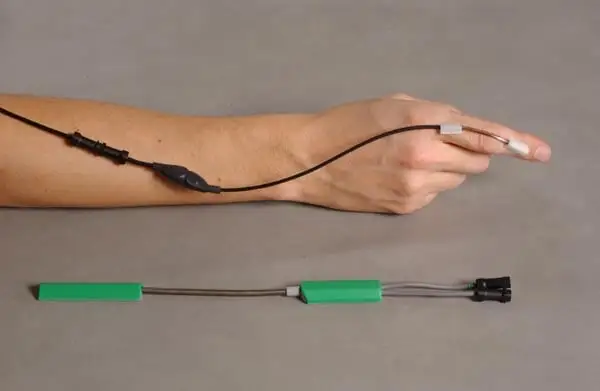
Validity and Reliability
- It is questionable whether goniometers are sufficiently valid and reliable tools to determine whether interventions are effective.
- Though there are limited studies on goniometric validity, measurements of knee joint angle compared to radiographic joint angle have been validated to high standards. Reliability varies in accordance with the joint and motion which are in being evaluation process, but universal goniometers generally have good to excellent reliability and be more reliable than visual assessment, especially for inexperienced examiners.
- Some studies claim that the reliability of goniometer measurements depends on the type used, while others find no significant differences between some instruments. Overall, the study shows that the universal goniometer has high intra- and inter-rater reliability, and non-expert reliability improves when clear instructions about goniometric alignment are given. Therefore, the sea therapist must perform all measures and ensure the possibility to increase accuracy. We’ve had mixed feedback about how many actions to take and whether average ratings for repeated actions improve ratings.
- Sources of error when using goniometry can arise from expectations for ROM, readings on the wrong side of the goniometer scale, changes in patient motivation, or taking consecutive measurements at different times of the day. There is a possibility.
Overall, therefore, measurements are more reliable when performed by the same therapist, using the same measuring equipment, at the same time of day, and using a standardized method.
Goniometry Technique
Goniometrics should use a uniform notation. The neutral zero method (0-180 degree system) is the most used method at a wide level. To minimize the chance of instrumental error, the therapist must use the same goniometer each time.
- Properly position and stabilize joints.
- Move body parts through the proper range of motion (ROM). Determines the feel of the ends of the range of motion and the ends of the joints.
- Feel for the appropriate bone markers.
- Align the goniometer with the landmark.
- Read the meter correctly.
- Accurately record and take the measurements(for both active and passive range of motion, for further use, they must measure and record it accordingly).
- The range of motion(ROM) of every joint must be sustained separately to avoid trick motion (moving different joints at the same time) or weaknesses that can alter measurements.
Indications
Goniometers are used for:
- Presence of muscle, tendon, or joint-related dysfunction.
- Establish a diagnosis
- Set treatment goals
- Evaluating progress
- Adjust treatment according to the progress
- Manufacture of braces
- Measurements for research purposes
Contraindications
Conditions under which a goniometer should not be used to measure an active range of motion include:
- Joint dislocation
- Unhealed fracture
- If movement interferes with the healing process after surgery
- Osteoporosis or areas of fragile bone (because forced measurements can lead to iatrogenic damage)
- Immediately after injury when soft tissue may be destroyed.
Conditions and additional precautions under which goniometers are appropriate:
- Periarticular infection or inflammation
- Severe pain that gets worse with movement
- Excessive mobility or instability
Parts of the goniometer–
A universal goniometer consists of three parts:
- Body – Shaped like a protractor, it can form a full circle or a semi-circle. It features an angle measurement scale.
- The scale ranges from 0 to 180 degrees for half-circle models, 180 to 0 degrees for full-circle models, and 0 to 360 degrees for all three. Tick spacing varies from 1 to 10 degrees.

- Fulcrum – A screw in the center of the case that allows the articulated arm to move freely within the body of the device. A screw-like device can be tightened to lock the movable arm in a specific position or loosened to allow it to move freely. The fulcrum of the body is placed over the measuring joint.
- The fixed arm is the arm of the goniometer that is aligned with the fixed portion of the measuring joint. Structurally, it is part of the body and cannot move independently of it.
- The moving arm is the goniometer arm that is aligned with the moving part of the joint being measured.
What is the role of the physical therapist in goniometry?
Goniometer exams and assessments should only be carried out by qualified individuals, such as licensed doctors, physical therapists, occupational therapists, and others.
Professionals should know how to–
- Properly position and stabilize joints.
- Move body parts through the proper range of motion (ROM).
- Determines the feel of the ends of the range of motion and the ends of the joints. Feel for the appropriate bone markers.
- Align the goniometer with the landmark.
- Read the meter correctly.
- Record your measurements correctly.
Preparation of the patient
Using the goniometer does not require extensive preparation. The patient must be informed in advance and consent to the examination is required. The inspection should be performed in broad daylight with sufficient exposure of the connection to be inspected and its surroundings. If necessary, please discuss this with the assistant in advance.
Technique or Treatment for Using the Goniometer
- The range of motion in both active and passive motion is measured using goniometers. In goniometry, positioning is crucial because it stabilizes the proximal joint segments and places the joint in an empty start or neutral position.
- The examiner stabilizes the proximal joint component and then slowly moves the distal joint component through the available range of motion until the distal feel is achieved.
- After assessing the available range of motion, the examiner returns the distal component to the starting position. The examiner signs the goniometer by palpating the appropriate bony landmarks.
Points for the patient to understand during the use of the goniometry technique
- The patient moves the joint through its range of motion while the examiner takes the initial reading and removes the goniometer.
- Once the joint is out of range, the examiner replaces the goniometer, repositions it, and reads and records the measurements.
- The appraiser repeats the measurements three times and calculates the average. This is a measure of the active range of motion. The examiner compares the readings to the contralateral side.
- The joint is then passively moved through its passive range of motion (PROM) and the (PROM) should be measured properly and in an accurate way with a repetition of the above steps.
- To ensure accurate measurements, care must be taken to keep the patient still when moving the joint. The positioning has a significant impact on the tension of soft tissue structures such as the joint capsule, muscles, and ligaments around the joint.
- Use the postures in which, when the soft tissue structures are taut and restrict the range of motion compared to postures in which the structures are slack.
- It is important to ensure that the same test position is used for subsequent measurements to ensure that the soft tissue stress level remains constant compared to previous measurements.
- This approach ensures similar results. Any change in position will give erroneous measurements. Range of motion varies by person, age, and joint.
Complications
Very limited complications are related to goniometry, which is due to technical deficiencies, They include:
- Measurement errors, or inaccurate measurements due to technical deficiencies, can have a significant impact on patient care.
- Iatrogenic injury: Iatrogenic fractures in weak osteoporotic bones can occur as a result of excessive joint motion during goniometry.
Clinical Significance
Goniometric measurements are useful in various clinical scenarios. The scope ranges from mapping pine mobility in Bechterew’s disease to checking the range of motion of the spine after fusion surgery for scoliosis. With the help of goniometric testing, we can check the improvements in the range of motion of limb joints in patients.
The consensus is that it is still unclear whether goniometers are sufficiently valid and reliable devices to determine treatment efficacy. The reliability of the results obtained with a goniometer can affect the type of goniometer used. In some cases, they have observed no statistically significant difference.
Summary
Goniometers support clinical decision-making regarding post-use management and outcome analysis of specific interventions and can compare the effectiveness of different treatments. This methodology helps medical professionals determine the most effective treatments for specific diseases, thereby maximizing and improving health outcomes in situations where this information is valuable and measurable.
FAQs
In physiotherapy, what are the uses of goniometry?
In physical therapy, a device called a goniometer utilizes the range of motion(ROM) assessment. It has two “arms”, one stationary and one movable. Joints are the connection point for these. Each is positioned such that the joint of interest and the goniometer’s center is at the same location on the body.
Why do we measure ROM?
Range of motion, also called ROM, is a measure of the flexibility of ligaments, tendons, muscles, bones, and joints. Examining the ROM is therefore essential to determine suitability and assess potential damage.
What is the goniometry range of motion?
A goniometer is the most common tool for measuring the range of motion of body joints. A fixed arm, fulcrum, and movable arm are used to measure the joint angle from the joint axis. Performing ROM measurements using a goniometer requires proper training for reliable results.
What is the length of the goniometer?
Goniometer arm lengths range from 1 inch to 14 inches. Short-arm goniometers measure minor joints like the toes and interphalangeal joints of the fingers, whereas long-arm goniometers measure large, bony joints like the knee.
What is the principle of a goniometer?
A goniometer is an instrument for measuring angles. In physical therapy, a therapist can measure the specific joint’s range of motion with the help of goniometry. Goioetrycally a therapist can measure both the active and passive range of motion.
What is the contact angle of a goniometer?
A contact angle goniometer is an instrument that measures the contact angle of a droplet on an exterior. This serves as an indirect measure of surface wetting. As the droplet begins to spread over the surface, its contact angle becomes <90°.
What is the unit in use for measuring ROM?
Range of motion (ROM) describes how much movement a joint has. Rotation is a typical movement in joints. This is known as an “angular motion”. Because of angular motion, ROM measurements use degrees instead of inches or millimeters.

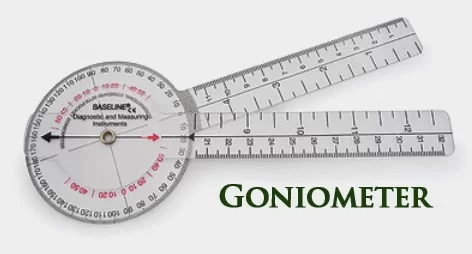


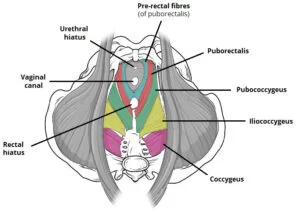

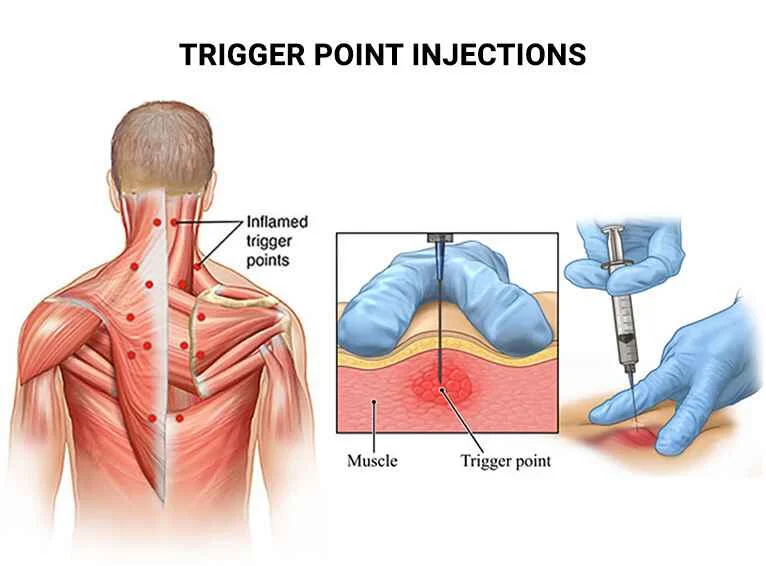

4 Comments